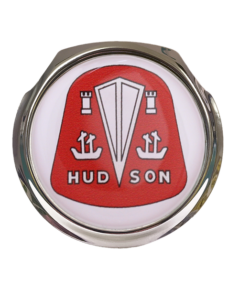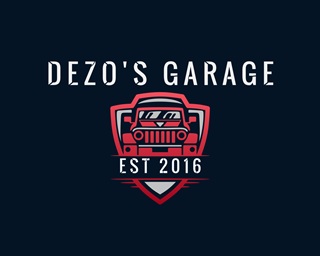Hudson History

The name "Hudson" came from Joseph L. Hudson, a Detroit department store entrepreneur and founder of Hudson's department store, who provided the necessary capital and gave permission for the company to be named after him. A total of eight Detroit businessmen formed the company on February 20, 1909,[2] to produce an automobile which would sell for less than US$1,000 (equivalent to approximately $27,885 in 2018 funds[3]).
One of the chief "car men" and organizer of the company was Roy D. Chapin, Sr., a young executive who had worked with Ransom E. Olds. (Chapin's son, Roy Jr., would later be president of Hudson-Nash descendant American Motors Corp. in the 1960s). The company quickly started production, with the first car driven out of a small factory in Detroit on July 3, 1909 at Mack Avenue and Beaufait Street in Detroit, occupying the old Aerocar factory.[1]
The new Hudson "Twenty" was one of the first low-priced cars on the American market and very successful with more than 4,000 sold the first year. The 4,508 units made in 1910 was the best first year's production in the history of the automobile industry and put the newly formed company in 17th place industry-wide, "a remarkable achievement at a time" when there were hundreds of makes being marketed.[4]
Successful sales volume required a larger factory. A new facility was built on a 22-acre parcel at Jefferson Avenue and Conner Avenue in Detroit's Fairview section that was diagonally across from the Chalmers Automobile plant.[1] The land was the former farm of D.J. Campau. Until the late 1920s, bodies for Hudson cars were built by Biddle & Smart. On 1 July 1926, Hudson's new $10 million body plant was completed where the automaker could now build the all-steel closed bodies for both the Hudson and Essex models. It was designed by the firm of renowned industrial architect Albert Kahn with 223,500 square feet and opened on October 29, 1910.[5] Production in 1911 increased to 6,486.[6] For 1914 Hudsons for the American market were now left hand drive.
The company had a number of firsts for the auto industry; these included dual brakes, the use of dashboard oil-pressure and generator warning lights, and the first balanced crankshaft, which allowed the Hudson straight-six engine, dubbed the "Super Six" (1916), to work at a higher rotational speed while remaining smooth, developing more power for its size than lower-speed engines. The Super Six was the first engine built by Hudson, previously Hudson had developed engine designs and then had them manufactured by Continental Motors Company. Most Hudsons until 1957 had straight-6 engines. The dual brake system used a secondary mechanical emergency brake system, which activated the rear brakes when the pedal traveled beyond the normal reach of the primary system; a mechanical parking brake was also used. Hudson transmissions also used an oil bath and cork clutch mechanism that proved to be as durable as it was smooth.
At their peak in 1929, Hudson and Essex produced a combined 300,000 cars in one year, including contributions from Hudson's other factories in Belgium and England; a factory had been built in 1925 in Brentford in London.[7] Hudson was the third largest U.S. car maker that year, after Ford Motor Company and Chevrolet.[8]
On May 1, 1954, Hudson merged with Nash-Kelvinator to become American Motors Corporation. The Hudson factory, located in Detroit, Michigan, was converted to military contract production at the end of the model year, and the remaining three years of Hudson production took place in Kenosha, Wisconsin.
The last Hudson rolled off the Kenosha assembly line on June 25, 1957. There were no ceremonies, because at that point there was still hope of continuing the Hudson and Nash names into the 1958 model year on the Rambler chassis as deluxe, longer-wheelbase senior models. The combined Nash and Hudson production volume was not sufficient to justify all new design and tooling, so the Rambler's platform was expected to be adopted to the longer cars.[30]
